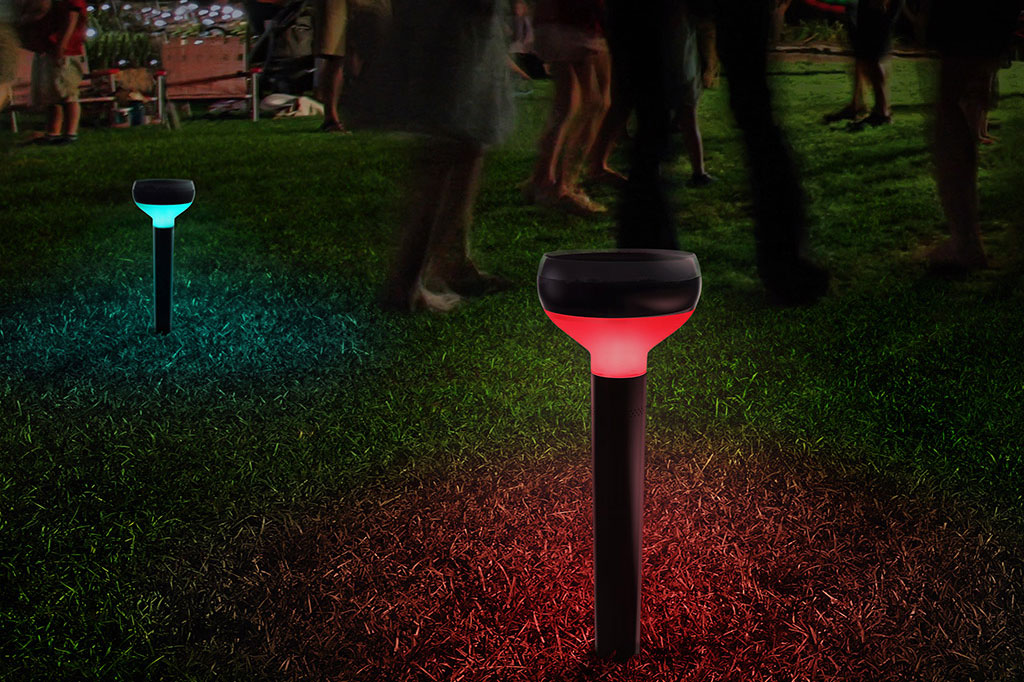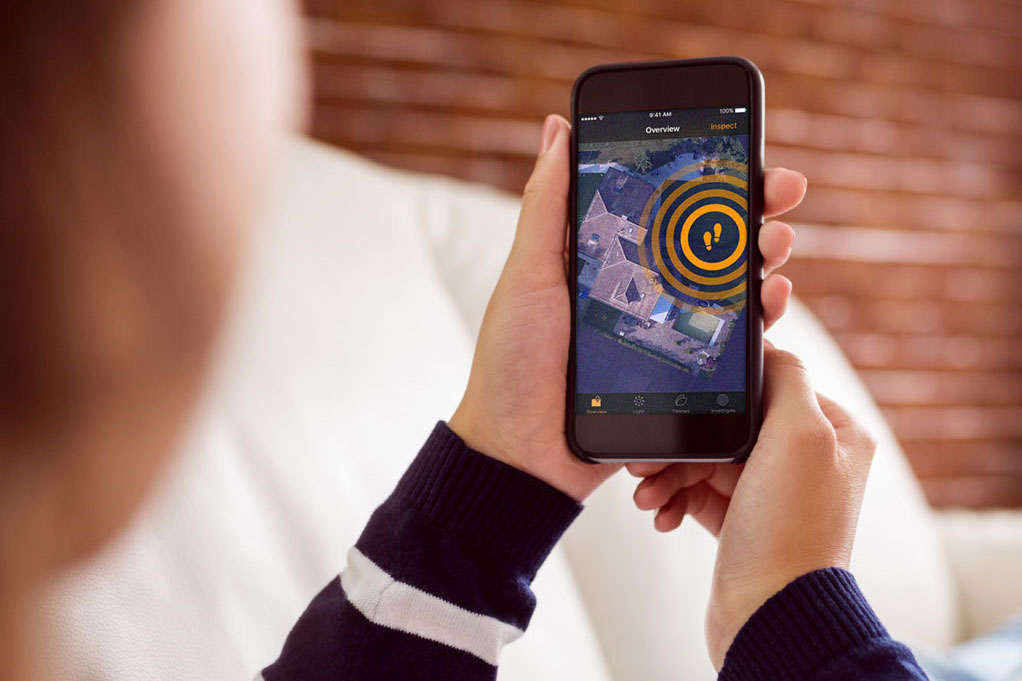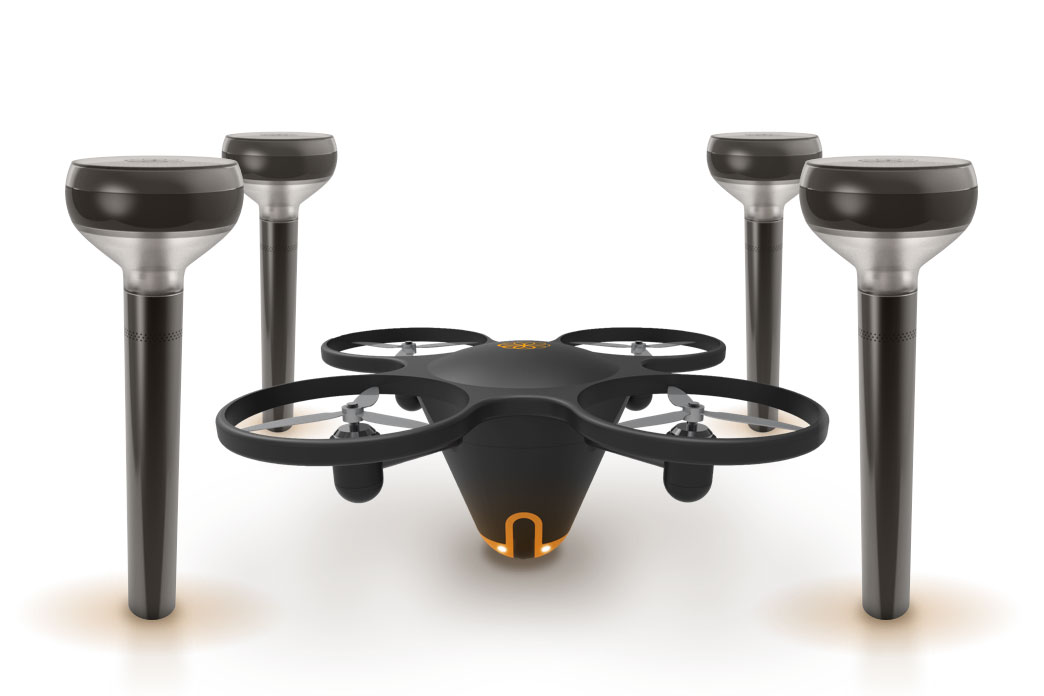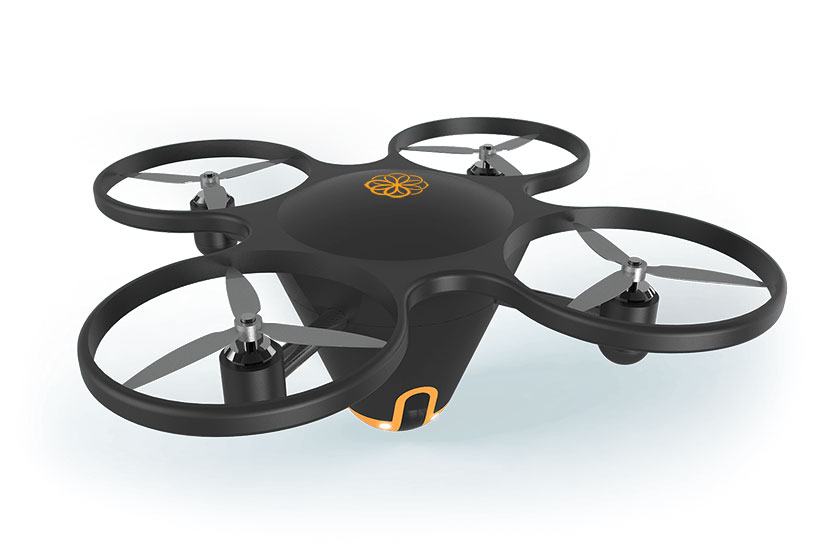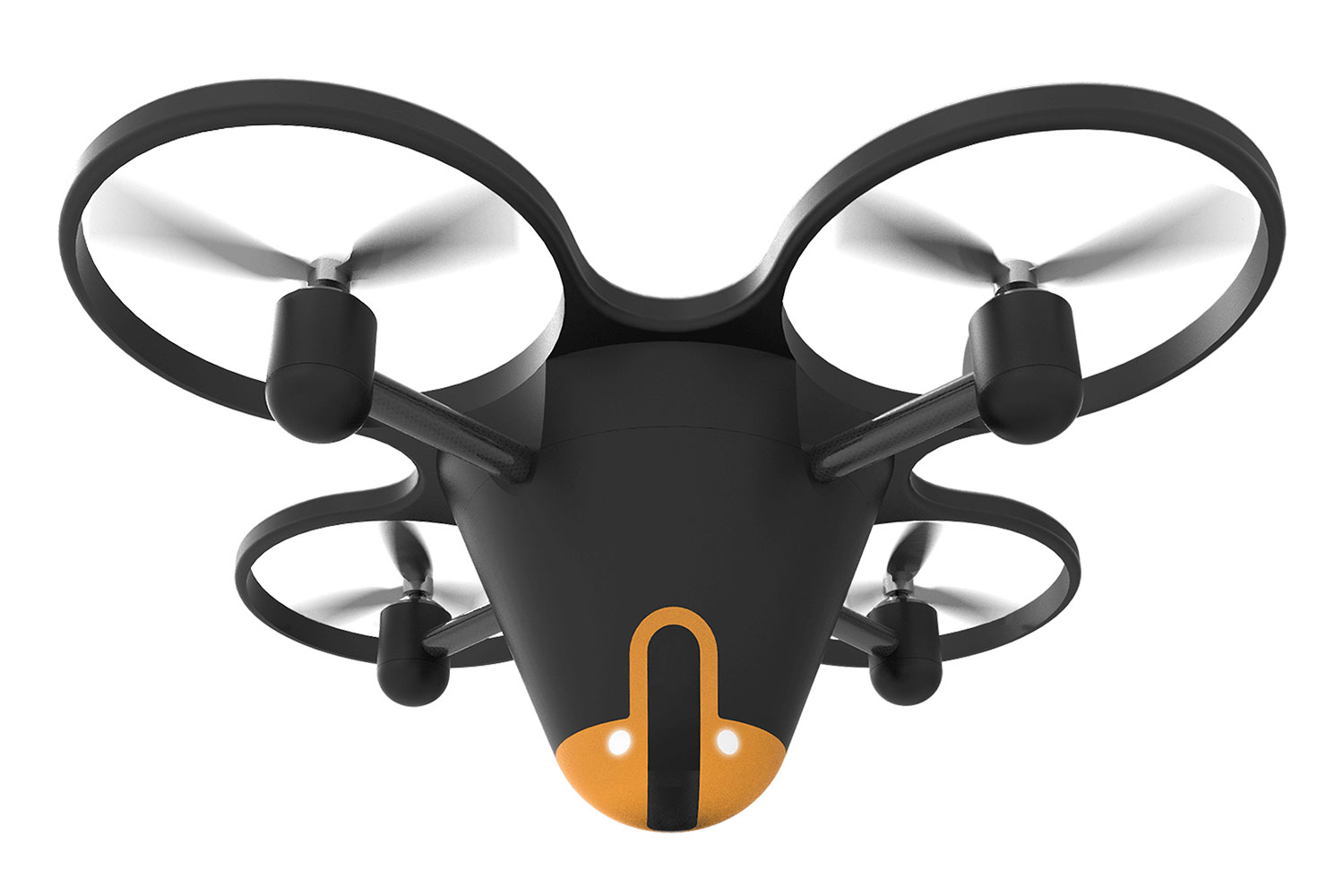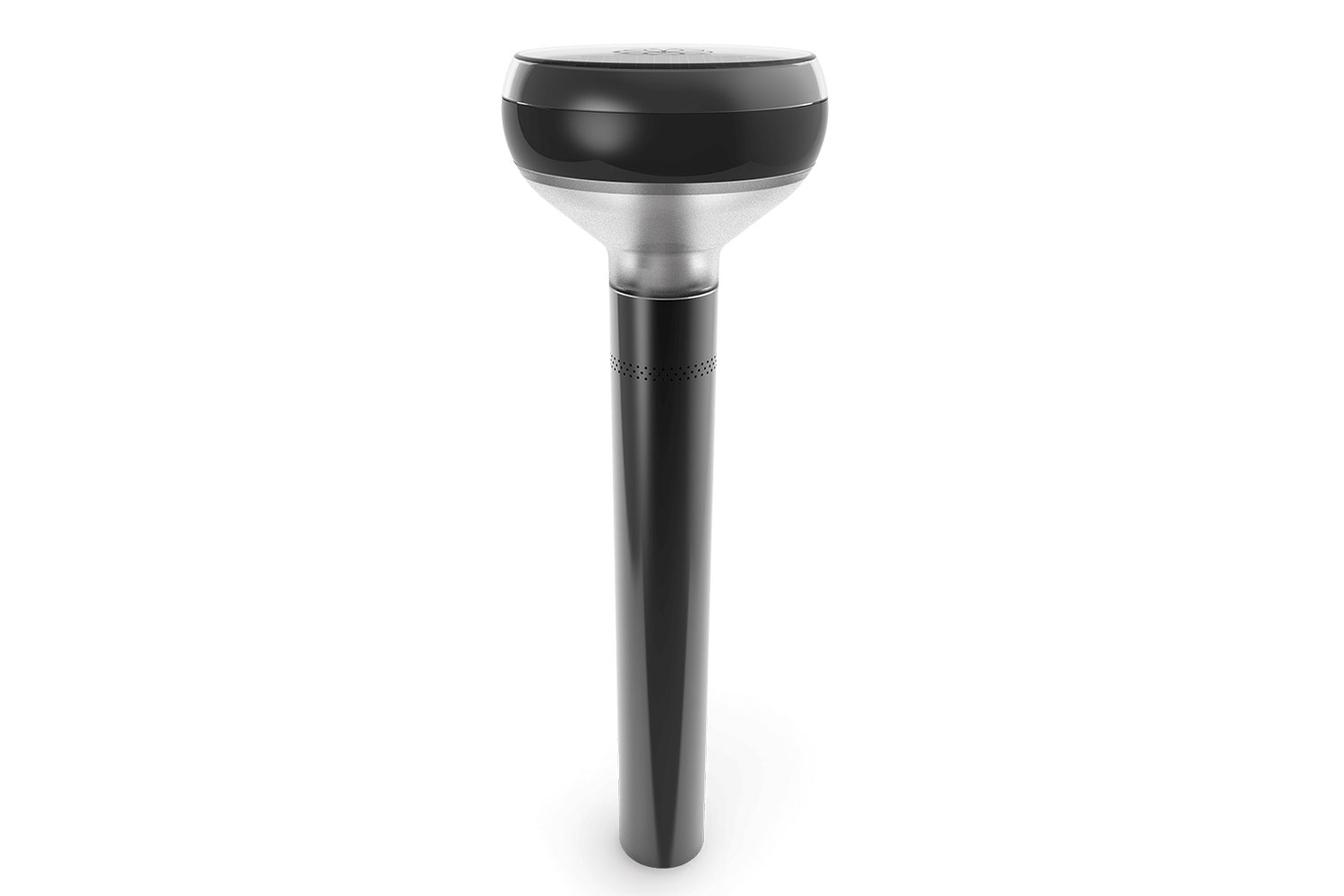Some ideas you hear about in the tech world are so “now” that it’s like they were birthed by popular culture itself. Others make you feel like you’re living in the future. Guess which category the world’s first smart sensor and drone-based home security system falls under.
Called the Sunflower Home Awareness System, it brings together intelligent outdoor sensors with an aerial drone-based camera to give you a complete view of what’s happening around your home at any time.
“The idea of a security camera that doesn’t fly will seem like the dark ages.”
“The system consists of these two parts,” founder Alex Pachikov told Digital Trends. “There are really advanced sensors that you place around your property. These can detect motion, vibration and sound. In the event that you want to take a closer look at something, you can then deploy a drone to investigate what’s happening and send back live video. It’s truly a next-generation security system.”
You can say that again! Even discounting the drone element, it’s impressive stuff. The smarts lights may appear like regular — albeit attractive — garden lights, but they also boast machine learning technology that helps them understand what’s happening in their immediate vicinity.
In the event that a disturbance turns out to be a raccoon, the sensors can send it on its way thanks to flashing lights and a warning noise. If it’s your partner arriving home from work, they can be welcomed with a gentle increase in light level. (Presumably if it’s an ex-partner arriving, it’s back to the flashing lights and warning sound effects.)
But it’s when the disturbance is neither raccoon nor spouse that the system truly shines.
That’s when it deploys the company’s proprietary drone from its home in an outdoor weatherproof “hive” — complete with retractable door — to do a spot of investigating. Users don’t need to possess pilot skills, since the drone will fly itself to wherever the suspicious activity has been detected. Nor do they have to worry about the time of day, since the drone can use its high-res camera with infrared light for night vision during times when the sun is down.
Although drone battery life is still notoriously short, Pachikov said he isn’t concerned.
“Normally the drone will only be deployed for a few minutes at a time,” he noted. “We don’t think it will be flying continuously. It will automatically charge between deployments, keeping it mostly at full charge for when you need it.”
When it is necessary, though, Pachikov told us that he estimated that, “you’ll be able to keep it flying for around 15-20 minutes.”
In all, it’s smart security worthy of a truly smart home — and something we couldn’t have imagined even a few years back. “This would have been impossible three years ago,” Pachikov continued. “The technology that we’re using simply didn’t exist: from the precision of navigation to the sensor analysis based around machine learning. All of these things only came together very, very recently.”
It was so recent, in fact, that Pachikov didn’t think it was even possible when the idea was first spawned in a conversation between himself and his co-founder, Chris Eheim.
“I was telling him that I could hear weird noises behind my house, and joked that maybe I should keep a drone sitting in my backyard to go and investigate,” Pachikov said. “I was kidding, but my co-founder — whose background is in aerospace engineering — said he could build a system to test it. A couple of weeks later he had a prototype built. I couldn’t believe the progress he had made.”
Things became more serious when the pair managed to raise a round of venture funding to make the concept a reality. Jump forward to the present day, and the Sunflower Home Awareness System has now been officially announced — and is open to pre-orders.
Not all the details have been released just yet. There’s no exact launch date or price point confirmed, for instance, although you can reserve your (fully refundable) place in line, complete with $100 off the retail cost when the company starts shipping.
Pachikov suggested that the service will work best as a subscription-based service, which he noted will be price competitive with other home security systems.
So will all our security systems one day take the form of flying unmanned aerial vehicles?
“I think this will follow a typical adoption curve,” Pachikov concluded. “One day, our kids won’t have even heard of a security camera that remains stationary. It just won’t make any sense to them. It’ll be like having a cellphone without a camera in it. The idea of a security camera that doesn’t fly will seem like the dark ages.”
